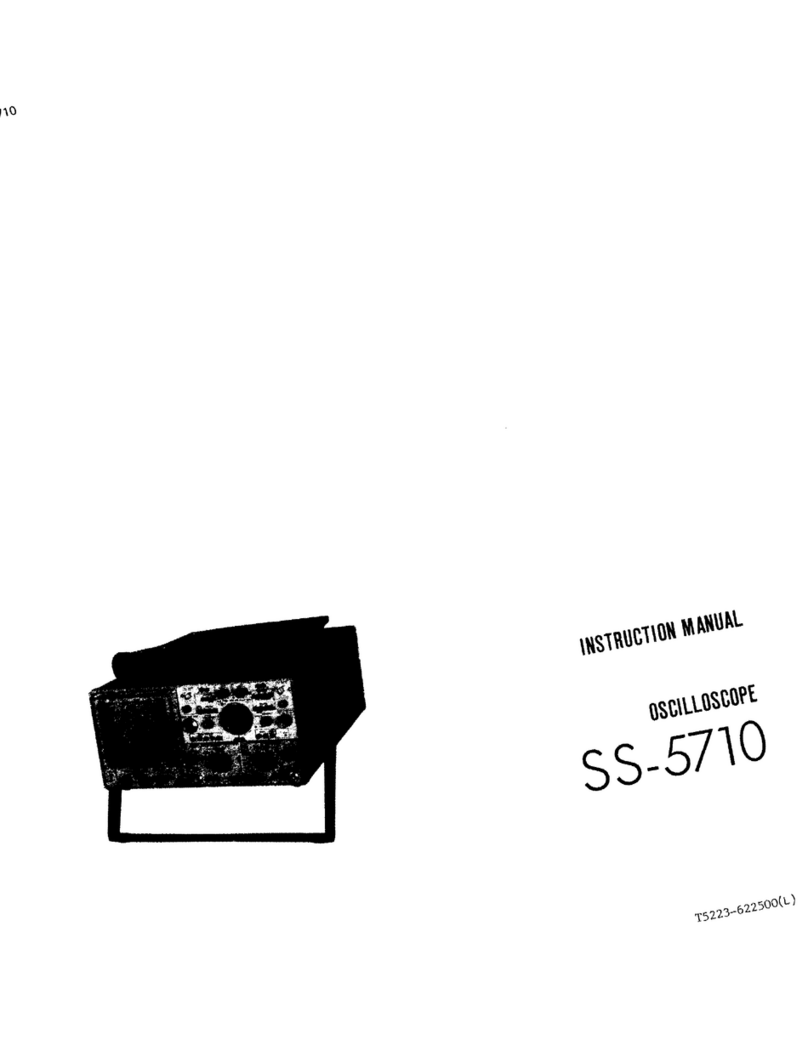Be sure to read this page to assure safety. Read the next page also.
A\Cautions
#Be sure to use aspecified fuse (<j>5 x20 mm, 250 V, 2A, SLOW) when
replacing the fuse.
The use of afuse other than aspecified one could result in fire or power failure.
Disconnect the power cord when replacing the fuse.
#Be sure to use athree-core power cord suitable for the supply voltage.
The use of acord that is not suitable for the supply voltage may cause fire.
Also, the use of atwo-core power cord may cause electrical shock.
#Be sure to connect and disconnect the power cord after setting the power
switch to STBY.
Connection and disconnection of the power cord with power supplied could result
in electrical shock or power failure.
#When disconnecting the power cord display type the receptacle, pull it by
holding the plug.
Pulling by the cord may damage the cord and could result in fire or electrical
shock.
#Avoid use of any damaged cable or adapter.
The use of any damaged cable or adapter could result in fire or electrical shock.
#Avoid placing any object on this instrument.
If any object is placed on this instrument, the cover may contact the internal
circuity and could result in electrical shock, fire, or power failure.
#Do not place any object in the vicinity of the air hole or fan of this
instrument.
Placing any object in the vicinity of the air hole or fan may generate internal heat
and could result in fire or electrical shock.
#Do not place this instrument in alocation with ahigh degree of moisture or
dust.
Placing this instrument in alocation with ahigh degree of moisture or dust could
result in fire or electrical shock.
#When using this instrument in an upright position, take care not to allow it
fall over.
The falling over of this instrument could result in injury, fire, or electrical shock.
#When probes or measuring cables, etc. are connected to this instrument,
take care not to cause this instrument to fall over by pulling them.
The falling over of this instrument could result in injury, fire, or electrical shock.
#Do not use this instrument if it has failed.
The use of this instrument in astate of failure could result in fire or electrical
shock. In the case of failure, contact one of our service offices for repair.
-V-


































